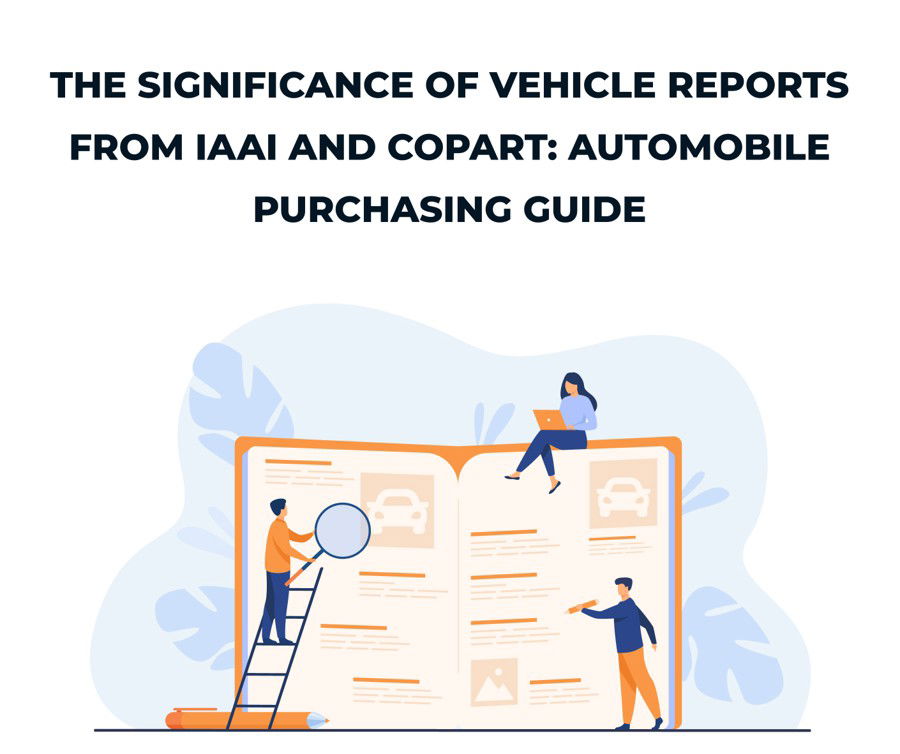Managing a collection can be challenging, especially when tracking individual items and ensuring their value is optimized. In the past, collectors had to rely on manual methods for inventory management, often leading to inefficiencies and missed opportunities. With the advancement of technology, smart inventory tools have emerged, allowing collectors to digitize, track, and evaluate their items with ease. These tools offer real-time data, enhance organization, and even provide data-driven insights into the potential value of each item. By leveraging these tools, collectors can ensure their collections are properly cared for, well-documented, and easily accessible. The impact of smart inventory tools goes beyond just tracking items; they can help collectors make more informed decisions, whether buying, selling, or insuring their collections.
Observation: Smart inventory tools have transformed how collectors manage their assets, giving them the power to easily track and evaluate items. This shift makes it easier to preserve and maximize the value of a collection, ensuring that it can continue to grow and thrive over time.What are Smart Inventory Tools?
Smart inventory tools are digital systems designed to help manage and track collections more efficiently. These tools often include features like barcode scanning, QR code tagging, and cloud-based storage to organize and keep track of valuable items in a collection. They allow collectors to catalog items, monitor their condition, and access detailed records such as purchase history, current value, and provenance. Additionally, these tools can send reminders for maintenance, insurance updates, or market changes that might affect the collection's value. With these tools, collectors no longer have to rely on spreadsheets or physical records, which can easily be lost or damaged. Instead, smart inventory tools provide a secure and easily accessible way to ensure that collections are well-maintained and that each item’s details are recorded accurately, making it easier to make informed decisions when buying, selling, or insuring valuable assets.
Tracking and Organizing Assets
Efficiently tracking and organizing collection items is key to maximizing their value. Smart inventory tools have revolutionized the way collectors keep track of their assets, allowing them to maintain an up-to-date, detailed record of each item. These tools go beyond simply categorizing objects; they provide valuable insights into the condition, provenance, and market value of each asset. With the ability to scan barcodes or QR codes, collectors can quickly access information about an item, ensuring that every detail is recorded accurately. For collectors with large or high-value collections, organization becomes even more important to prevent losses or discrepancies. For example, integrating NSA Storage, your storage solution, allows collectors to securely store both physical items and digital records, ensuring that valuable assets are safe and easy to access. Whether it's a rare piece of art, vintage memorabilia, or a rare book, organizing a collection digitally ensures that it’s easier to manage, sell, or insure. When items are cataloged and securely stored, collectors are better prepared to make informed decisions about their collection. This efficient organization also prevents potential errors or losses, saving time and increasing the collection’s overall value.
Optimizing Storage and Display
When it comes to maximizing the value of a collection, how it is stored and displayed can make a significant impact. Smart inventory tools not only help keep track of each item but also improve the way they are stored and presented.
Here are some ways these tools can help optimize storage and display:
1. Ensuring proper environmental conditions to preserve the quality of items.
2. Organizing items by category, making it easy to find and showcase them.
3. Offering virtual displays for online or digital viewing, enhancing visibility.
By using smart inventory tools, collectors can optimize how their collection is stored and presented, enhancing both its physical condition and marketability. This leads to a more organized collection that is easier to manage, and when displayed well, it can attract more attention and higher offers from buyers.
Data-Driven Valuation of Collections
One of the most powerful aspects of smart inventory tools is their ability to provide data-driven valuations for a collection. These tools allow collectors to track market trends, item history, and demand levels, all of which contribute to a more accurate estimation of value. By utilizing real-time data, collectors can assess whether their items are appreciating or depreciating in value and make strategic decisions accordingly. For example, if the value of an item spikes due to increased demand or rarity, the collector may decide to sell or insure it at a higher value. Additionally, smart tools can analyze the provenance and condition of each item, both of which significantly influence market value. The ability to track these factors with precision ensures that collectors have a clear understanding of their collection's worth, allowing them to maximize their investments. Moreover, these tools often provide comparisons with similar items in the market, helping collectors see how their assets measure up.
Research: According to a 2021 report by the Appraisal Institute, items with documented provenance and regular updates on market trends are valued 25% higher than those without such data, underscoring the importance of using data-driven tools for valuation.Comparing Inventory Tools for Collectors
There are several approaches to managing a collection, each with its own set of advantages and disadvantages. Traditional manual tracking methods, such as spreadsheets or physical inventory lists, are inexpensive and familiar to many collectors. However, they can be prone to errors, and it’s difficult to scale or track large collections efficiently. In contrast, smart inventory tools offer more robust solutions with features like barcode scanning, real-time updates, and cloud-based storage. These tools streamline the process, reduce the risk of mistakes, and provide more detailed insights into the value and condition of each item. However, they may require an initial investment in software and may take time to learn and adapt.
Case study: A rare coin collector transitioned from a paper-based system to a digital inventory tool. By doing so, they were able to track real-time market values and store images of each coin. The collector saw improved organization, quicker identification of valuable items, and better insurance coverage. However, the initial learning curve with the software and data entry was time-consuming. Over time, the collector realized the long-term benefits of accuracy, faster access, and more efficient management of their valuable collection.The Future of Collection Management
The future of collection management lies in the continuous advancement of smart inventory tools. As technology evolves, these tools will become even more intuitive, allowing collectors to effortlessly track, evaluate, and display their assets. With the integration of artificial intelligence, augmented reality, and predictive analytics, artists and collectors will be able to make more informed decisions about buying, selling, or insuring their items. These innovations will not only increase efficiency but also enhance the value of collections by offering deeper insights into market trends and consumer preferences.










— Comments 0
, Reactions 1
Be the first to comment